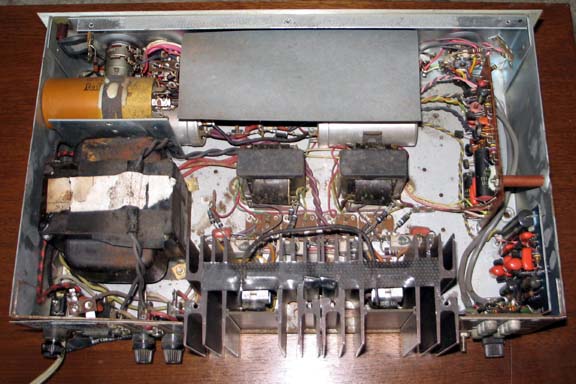I see this implied insult all the time, but realized with a 60-80 hour workweek I probably do indeed spend more time per week looking at graphs, schematics, lab equipment, test results, and all of that rather than listening. Does not make the graphs wrong, nor my listening sessions invalid, but guilty as charged. I remember when engineering knowledge was valued rather than being phrased as an insult, sigh.
Calculating dynamic output impedance is challenging (yes, done it, years ago) but large-signal circuit simulators do a good job of it. As mentioned earlier it is such a small effect that it is usually neglected. Feedback handles it nicely, natch. Along with changes due to supply voltage changes, temperature changes, process variations, and a host of other factors that influence output impedance (and thus damping factor). Where it typically matters is at clipping especially if the feedback loop opens due to slew limiting or whatever. Then things can get squirrely.
Output coupling: there are a number SS amplifiers today that are capacitor coupled, but the only SS transformer-coupled brand I can think of off-hand is McIntosh and their output autoformer (balun).




